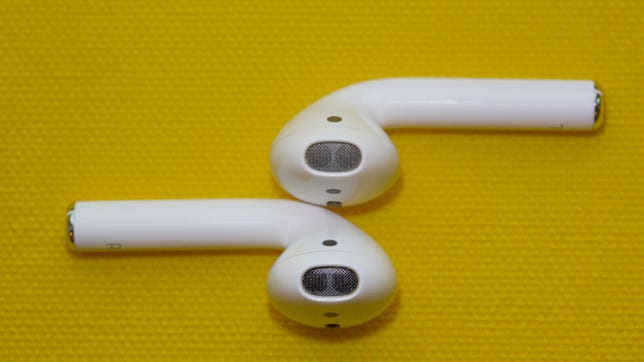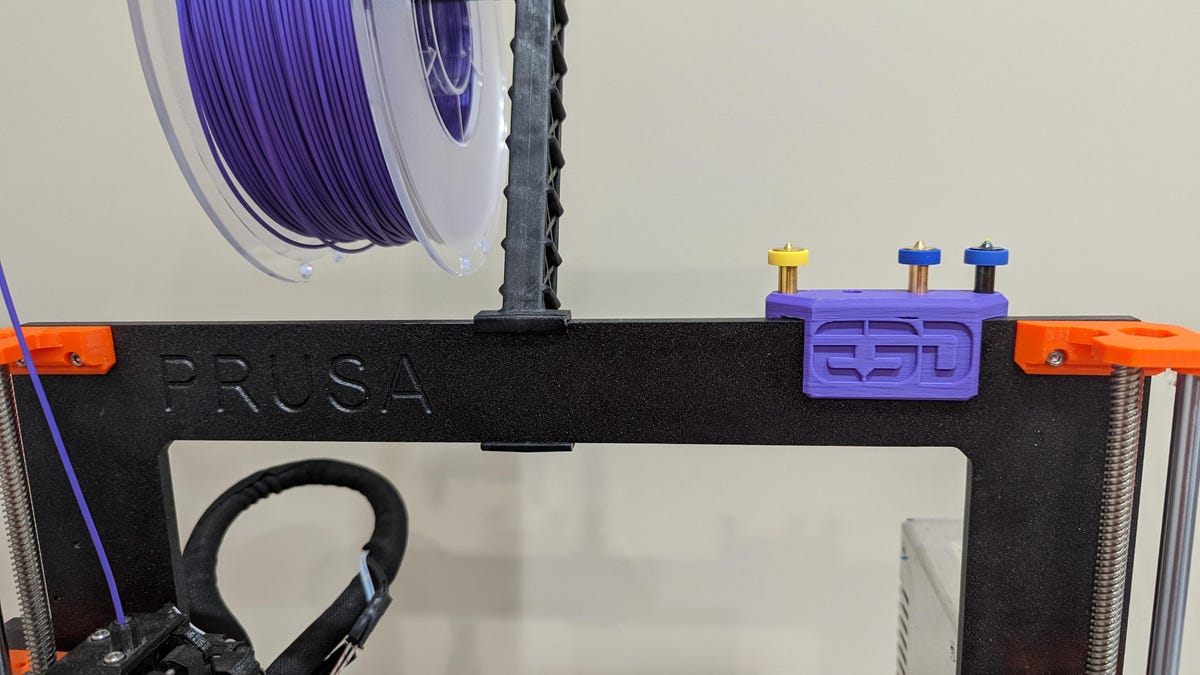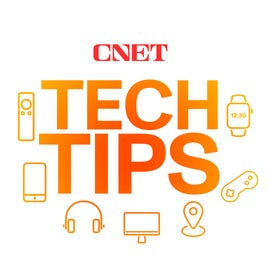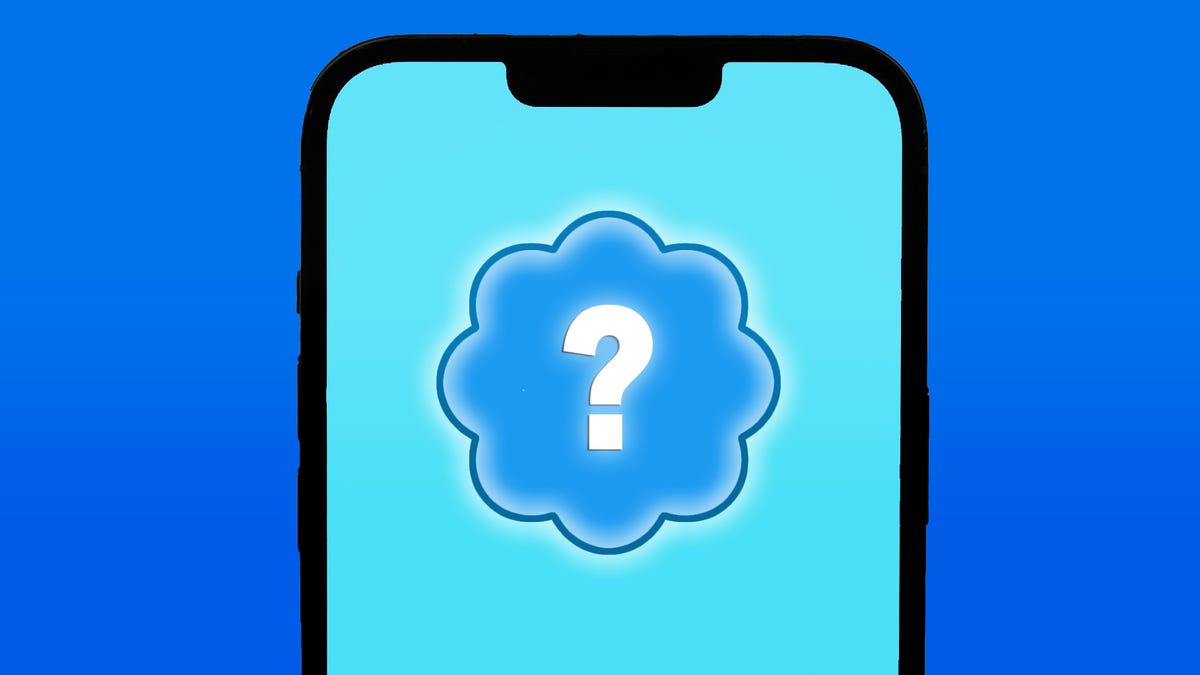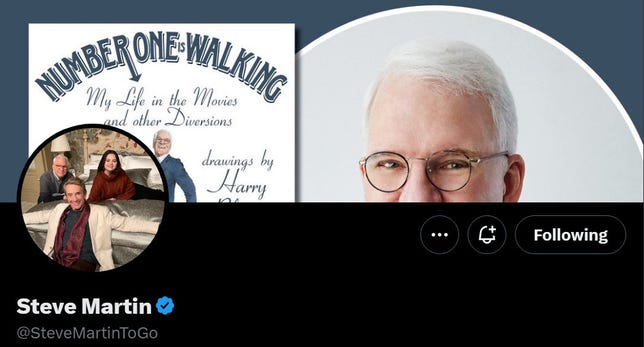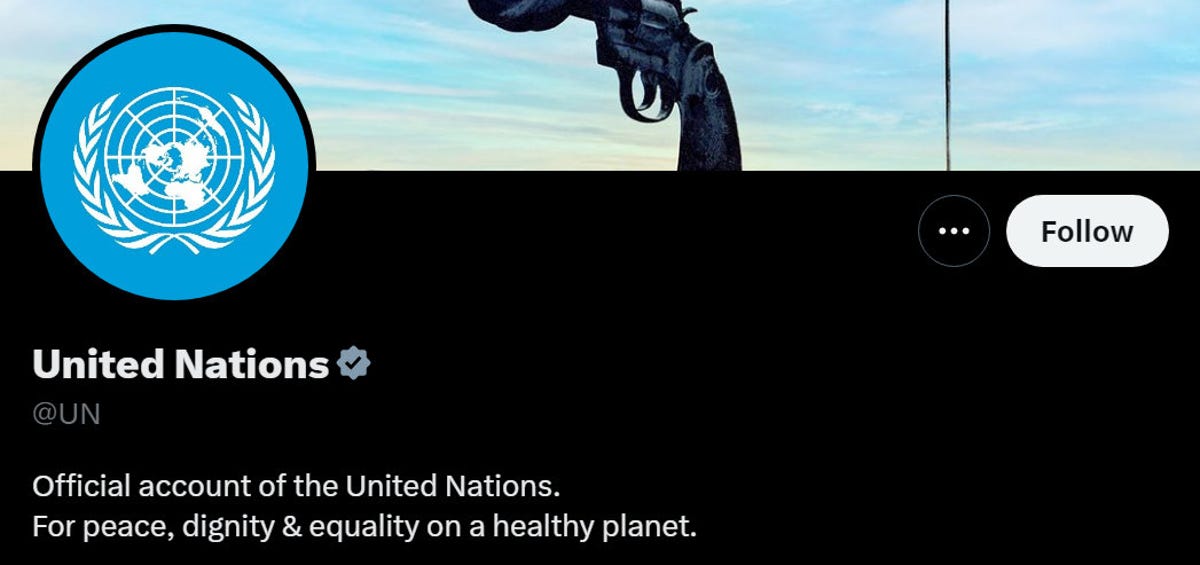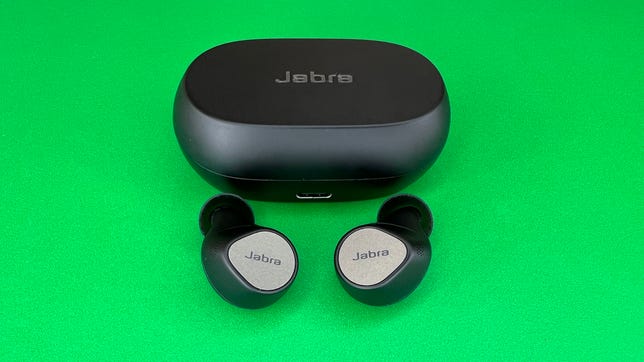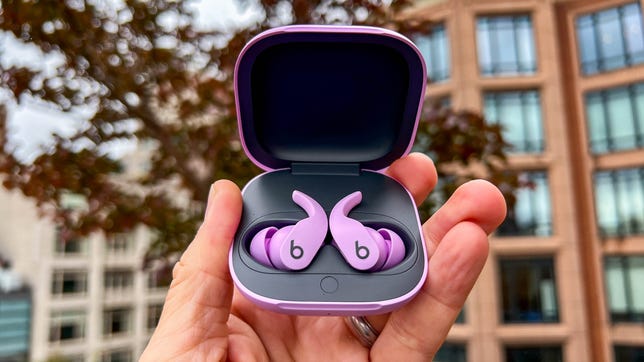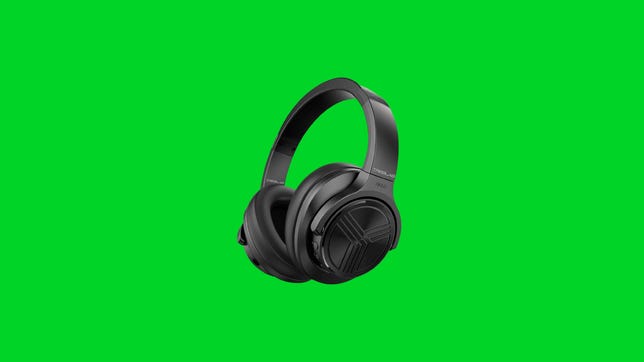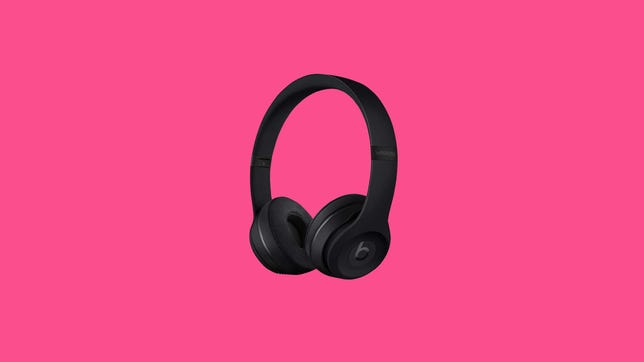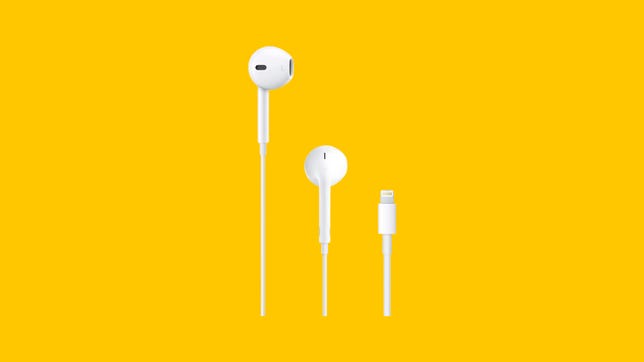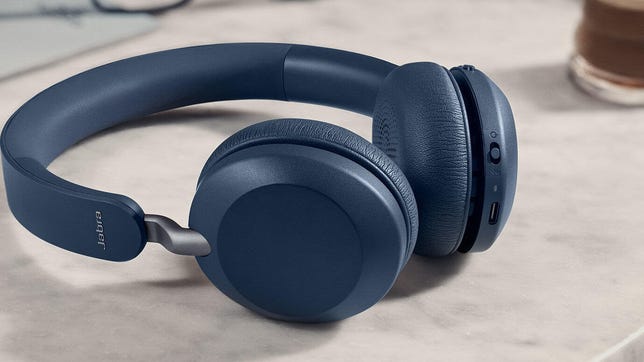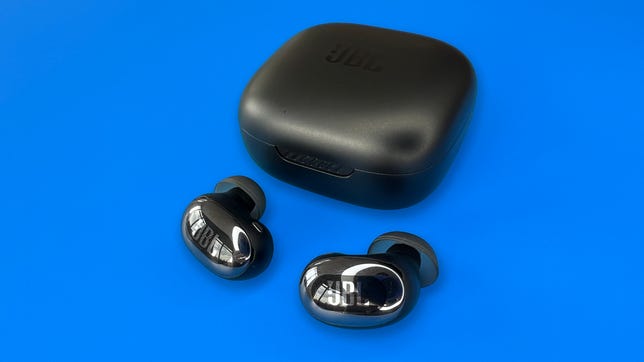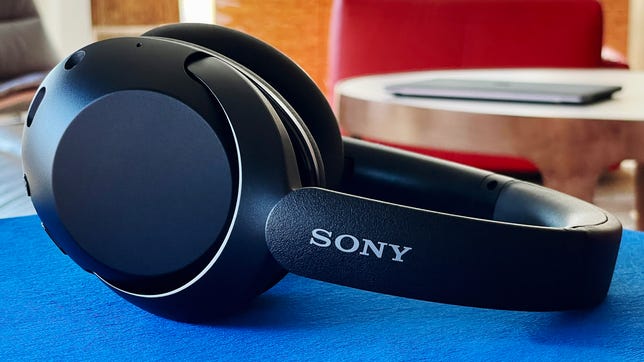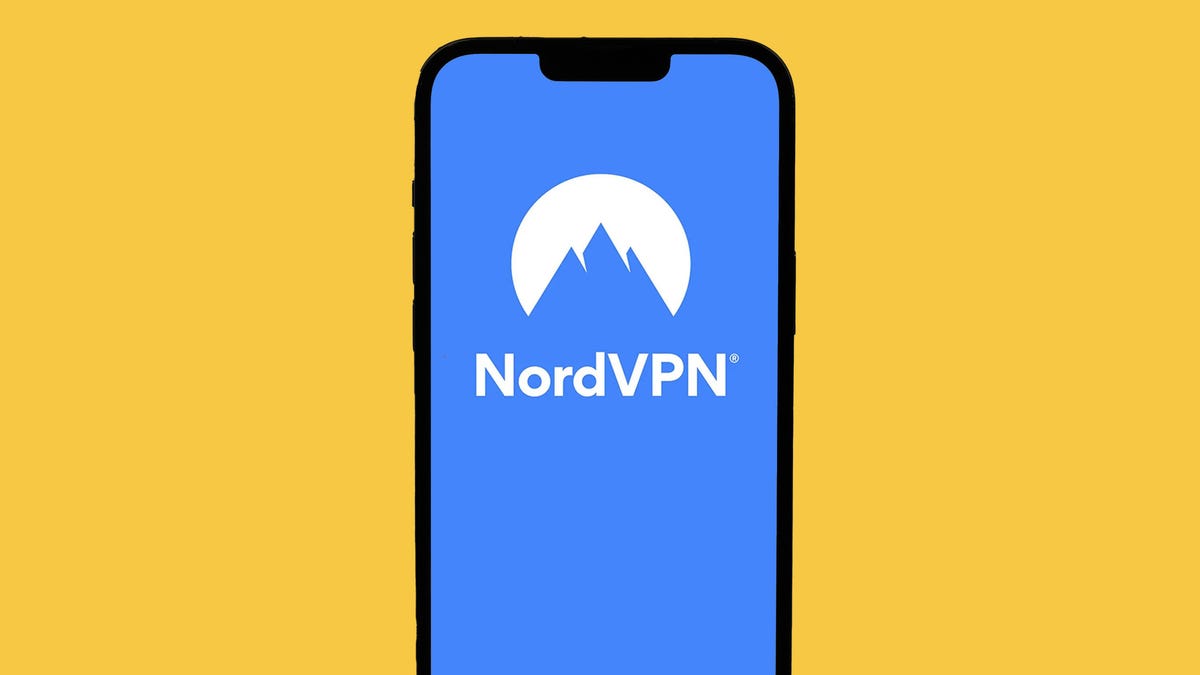Sure, there are plenty of excellent headphones and earbuds you can pick up right now, but like many of you, I’m always on the lookout for the next great set of cans and buds. Though it’s hard to predict exactly when the most-anticipated models will be released, recent image leaks of Beats and Sony earbuds could mean we may see some as early as this spring, with others arriving this summer. Here’s a look at some of the top new earbuds and headphones I’m looking forward to testing based on the recent rumors and expectations online.
Note that representatives for Bose, Sony and Beats had no comment on the rumors, and Apple didn’t respond to our request for comment.
Read more: Best wireless earbuds for 2023


Walkman Blog
Sony WF-1000XM5
One of the most anticipated new wireless earbuds of 2023 is the Sony WF-1000XM5. It’s the successor to the XM4, which earned a CNET Editors’ Choice award when it was released in 2021. The Walkman Blog uncovered an image of the new buds in their preproduction state as they make their way through the FCC certification process. According to the Walkman Blog’s report, the XM5s are smaller than the XM4s and are shaped differently, which may help them fit more ears comfortably (the XM4s could be a little big for some ears).
The buds are equipped with Bluetooth 5.3 and should support Bluetooth LE Audio, according to the Walkman Blog. Bluetooth LE Audio supports such features as Auracast (broadcast audio) and the LC3 audio codec.
The XM4 carries a list price of $280, but if the WF-1000XM5 follows the same path as the full-size WH-10000XM5, we could very well see a price hike to $300 or more.
The XM4 earbuds were released on June 8, 2021, so I expect the XM5 to have a similar release date. Typically, Sony updates its flagship headphones every two years.
Separately, reports suggest Sony will also soon bow the WF-700CN, but that’s a more entry-level model.


9to5Mac
Beats Studio Buds Plus
9to5Mac makes a habit of discovering what new Beats earbuds and headphones are coming by digging “under the hood” of Apple’s beta iOS software releases. Recently, support for Beats’ upcoming Studio Bud Plus buds showed up in the iOS 16.4 RC (“release candidate”). The full version of iOS 16.4 became available to the public in late March.
The new buds look very similar to the standard Studio Buds. It’s unclear what this new Plus version brings to the table, but some folks complained that the originals didn’t have strong enough noise canceling. According to 9to5Mac’s sources, the Studio Buds Plus won’t be powered by Apple’s H1 or H2 chips (the H2 is in the AirPods Pro 2) and will instead use a custom Beats chip.
The originals were designed to appeal to both Apple and Android users, and the new buds appear to be sticking to that approach. We should see them announced fairly soon since they’re already showing up in Apple’s software.


Screenshot by David Carnoy/CNET
Bose QuietComfort Ultra
A few weeks back, Twitter user Kuba Wojciechowski posted what he said was a leaked render image of Bose’s new flagship headphones, the QuietComfort Ultra (code-named Lone Starr), which were purportedly in “early stages of development.”
It’s hard to know how much credence to give to the purported leak, but the image has since been removed from the Twitter post “in response to a report from the copyright holder.” Though Bose doesn’t comment on leaks, the company clearly seemed upset the image was out there.
Bose is due to replace its flagship Noise Cancelling Headphones 700, which came out in June of 2019, so it wouldn’t surprise me if the Ultra — or whatever the new flagship model is called — ships later this year in time for the holiday buying season. At the time of the 700’s release, many people couldn’t understand why Bose moved away from using its well-known QuietComfort brand name, and Bose has subsequently shipped the QuietComfort 45, an improved version of the QuietComfort 35.
There’s chatter about this new model featuring higher-end sound and improved performance all around. The question is whether it’ll carry a similar list price ($380) as the Noise Cancelling Headphones 700 or cost even more, perhaps heading into the $500 pricing territory of Apple’s AirPods Max.
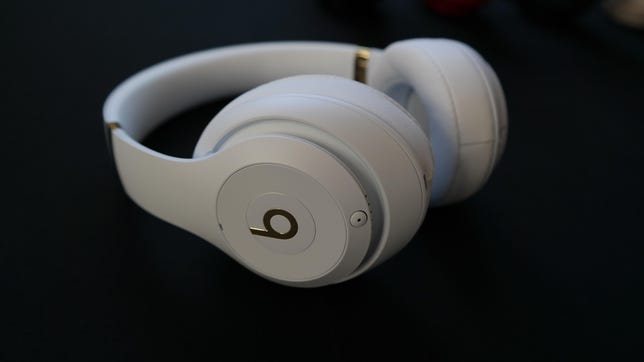

David Carnoy/CNET
Beats Studio 4
Beats is still selling its Beats Studio 3 headphones, and you’ll often see them priced at a healthy discount. But they were released in October 2017, which makes them pretty darn ancient and in need of a serious upgrade — they still have a Micro-USB connector, for instance. Other publications, like Android Authority, have talked about their potential arrival in 2023, and it seems quite plausible we’ll see the Beats Studio 4 turn up sometime this year with upgraded Apple components (newer chips), better all-around performance and maybe even USB-C charging. But I was expecting them to turn up last year and they never did, so don’t bet the house on it.


Angela Lang/CNET
New AirPods
Apple seems to be releasing a new pair of AirPods every year. The original AirPods Pro were released in October 2019, the AirPods Max in December 2020, the AirPods 3rd Gen in October of 2021 and the AirPods Pro 2 in September 2022. So the question is: Will we get a new set of AirPods in 2023?
The rumor mill keeps talking about “cheaper AirPods Pro Lite” earbuds that would carry a lower price tag and might be a stripped down version of the AirPods Pro sans noise canceling. Though it’s a product that makes some sense, Apple has always positioned the AirPods as more premium earbuds and simply lowered the price on earlier models like the AirPods 2 to target more budget-conscious consumers.
Could Apple upgrade the AirPods Max, introducing a 2nd gen version? Sure, it’s possible — but probably less likely.
In the same post where 9to5Mac talked about the discovery of the Beats Studio Buds Plus in that iOS 16 RC (see above), it also pointed out that there was a reference to an “unreleased AirPods model number A3048 and AirPods case model number of A2968.” The site noted it could be “a revision of the current regular AirPods or the rumored AirPods Lite.”
Other AirPods mysteries: Some models — but not all — are reported to be moving to USB-C (from Lightning) to match the same transition on the new iPhone 15 models. And MacRumors has noted that Apple has filed a patent for an AirPods case with a built-in screen. That’s something we likely wouldn’t see anytime soon, but also not totally novel: JBL has a similar model, the Tour Pro 2, slated for a mid-2023 debut.
